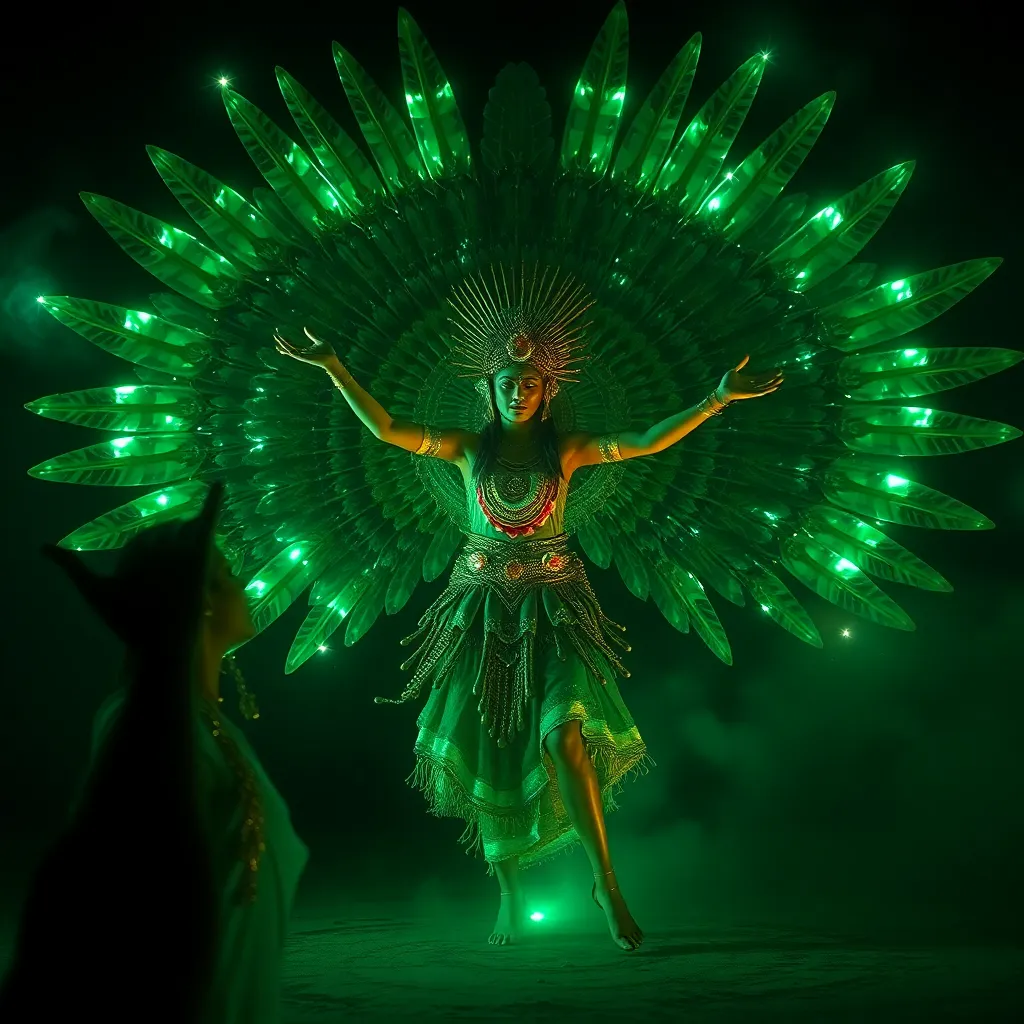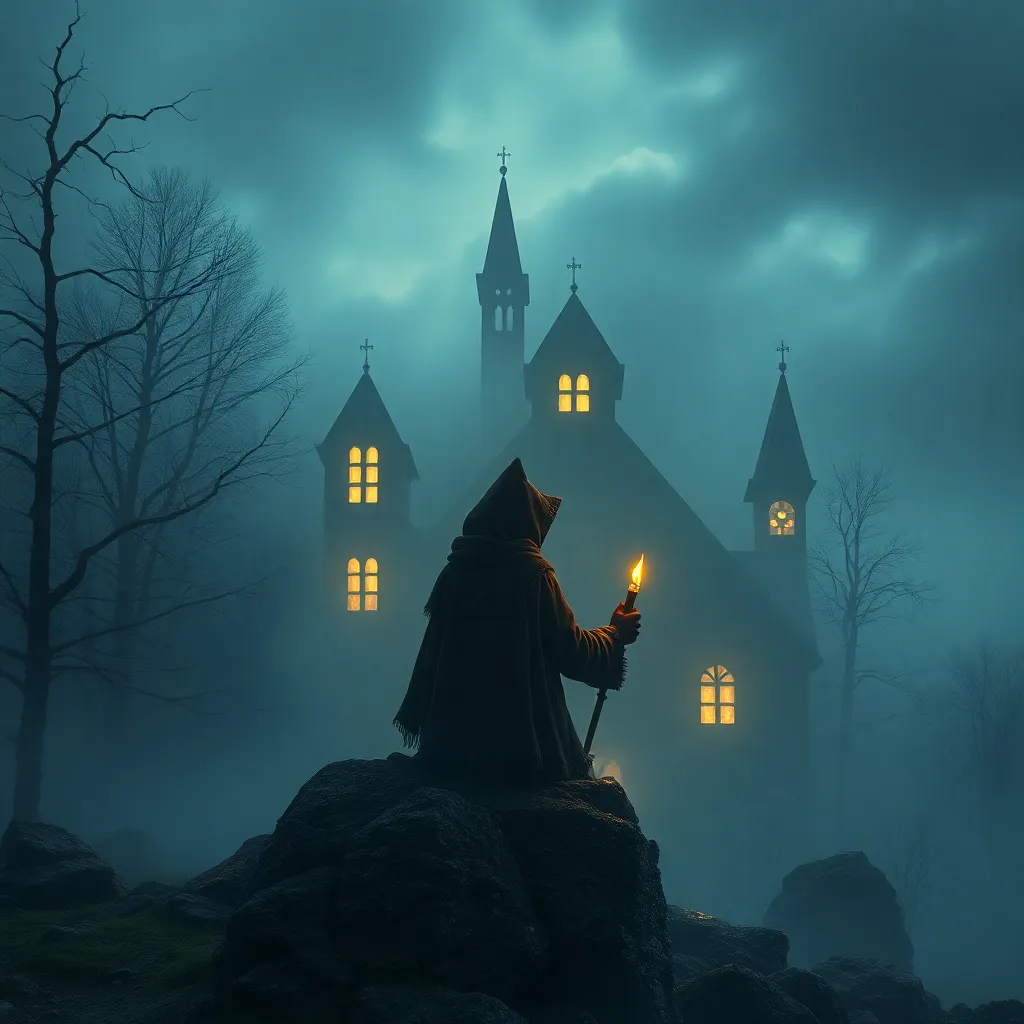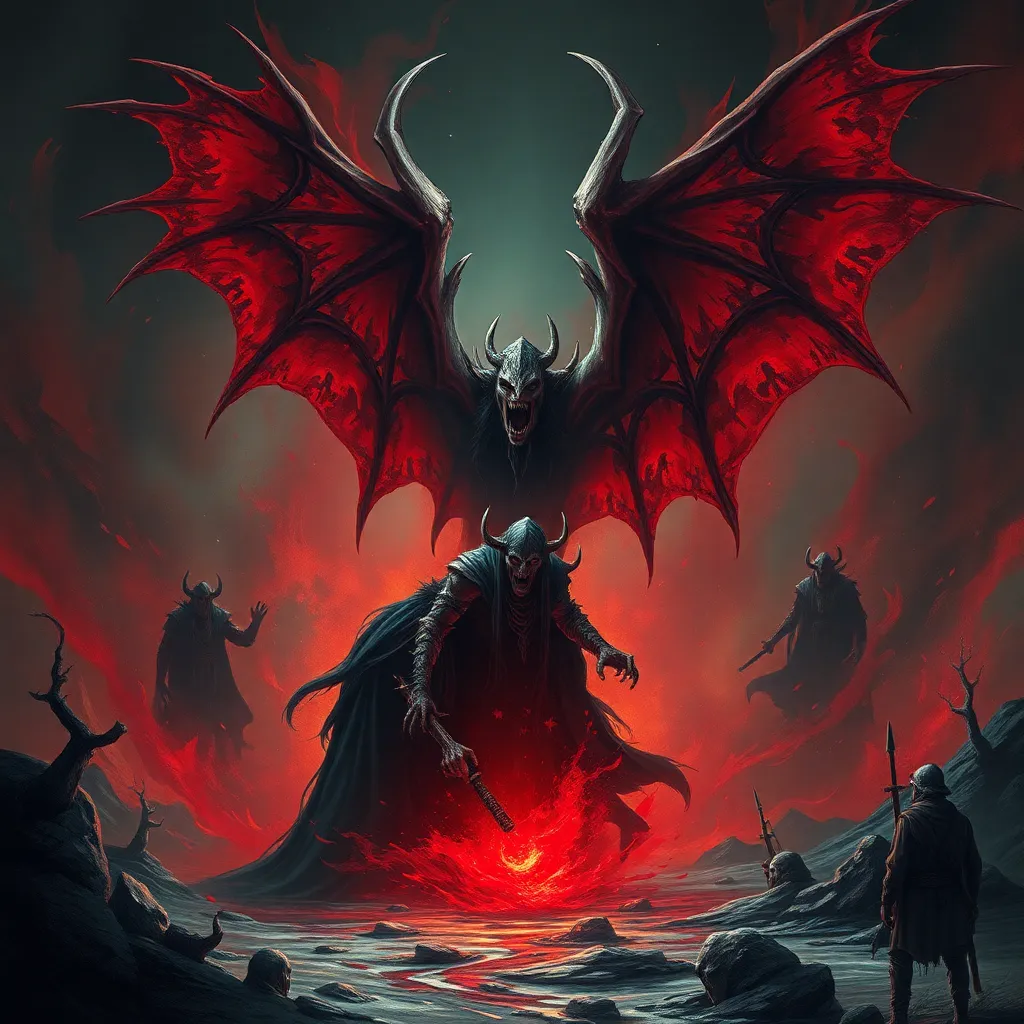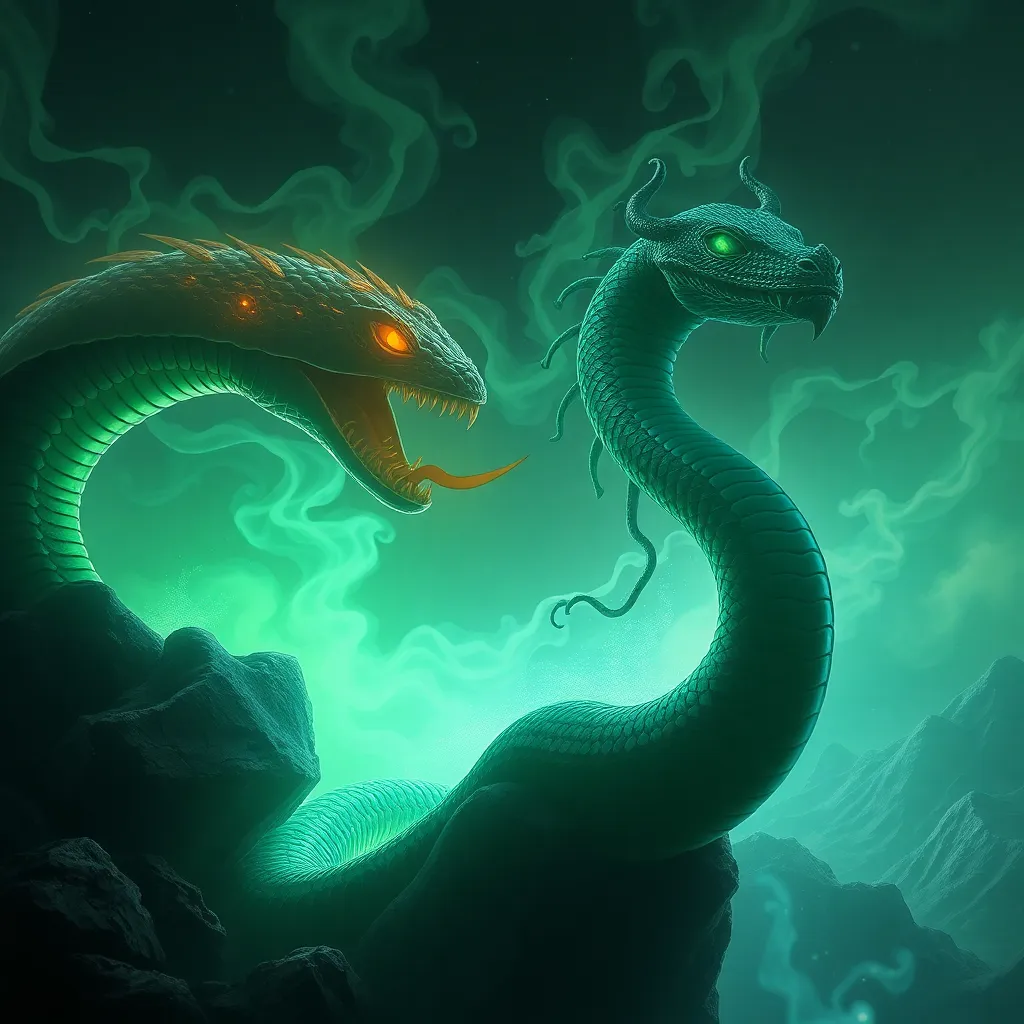The Ritual Dance of the Coatlicue: Exploring the Performative Aspects of the Goddess’s Cult
I. Introduction
Coatlicue, a formidable figure in Aztec mythology, represents the duality of life and death, fertility and destruction. Revered as the Earth Goddess and mother of various deities, her essence is deeply intertwined with the cycles of nature and human existence. The worship of Coatlicue was characterized by various ritual practices, among which ritual dance held a central place.
Ritual dance in ancient Mesoamerican cultures served as a vital expression of spirituality, community, and identity. These dances were not mere performances; they were sacred acts that connected the physical world to the divine. This article aims to explore the performative aspects of Coatlicue’s cult, particularly focusing on the ritual dance dedicated to her, examining its historical context, elements, and significance in both ancient and contemporary times.
II. Historical Context of Coatlicue
Coatlicue’s origins can be traced back to the rich tapestry of Aztec religion, where she is depicted as a powerful and nurturing figure. Her name, meaning “Serpent Skirt,” reflects her complex nature, often illustrated with a skirt made of snakes and a necklace of human hearts, symbolizing her connection to life and death.
Various myths highlight her significance, such as the tale of her giving birth to the moon and stars, and the story of her son, Huitzilopochtli, who emerged from her to defeat his siblings. These narratives emphasize her role not only as a mother but also as a warrior goddess, embodying the fierce duality of creation and destruction.
In the context of worship, women played a crucial role. They were often the primary participants in rituals and dances, reflecting their cultural importance in maintaining spiritual traditions and community cohesion.
III. The Ritual Dance: Definition and Purpose
Ritual dance in Mesoamerican spirituality is a dynamic form of expression that conveys deep religious significance. It transcends mere entertainment; it is an act of devotion, a means of communication with the divine, and a way to honor deities like Coatlicue.
The objectives of the dance dedicated to Coatlicue included:
- Honoring her as the source of life and sustenance.
- Seeking her favor for fertility and agricultural abundance.
- Commemorating the cycles of life and death, emphasizing the interconnectedness of all beings.
The movements in these dances were rich with symbolism, often illustrating themes of birth, renewal, and the cycles of nature. Each gesture and step carried meanings that resonated with the audience, linking them to the divine narrative.
IV. Elements of the Ritual Dance
Several key elements formed the foundation of the ritual dance dedicated to Coatlicue:
A. Costumes and Adornments
The costumes worn during the performance were elaborate and symbolic. They typically featured:
- Brightly colored fabrics that represented the vibrancy of life.
- Adornments made from feathers, beads, and shells to invoke the richness of nature.
- Facial paint and masks that connected dancers to the spiritual realm.
B. Musical Components
The music accompanying the dance was integral to its execution. Instruments such as:
- Drums, which provided a heartbeat-like rhythm, resonating with the pulse of life.
- Flutes and rattles, adding melodic layers that elevated the spiritual atmosphere.
The rhythms were often syncopated and complex, mirroring the intricate nature of life and the cosmos.
C. Choreography and Narrative Elements
The choreography of the ritual dance was not random; it was a carefully crafted narrative that told the story of Coatlicue and her significance. Movements often depicted:
- The birth and rebirth of the sun and moon.
- Interactions among the deities and their roles in the cosmic order.
- Cycles of nature, such as the changing seasons and agricultural prosperity.
V. Performative Aspects of the Cult
The performative aspects of the worship of Coatlicue were deeply communal. The ritual dance involved active participation from various members of the community, reinforcing collective identity and cultural heritage.
A. The Role of Community Participation
Community members, regardless of age or gender, played roles in the dance, either as dancers or as supporters of the performance. This collective engagement fostered a sense of belonging and shared purpose.
B. Interaction Between Dancers and Audience
The interaction between dancers and the audience was vital. The audience was not merely spectators but participants in the spiritual experience. Their reactions, prayers, and energies contributed to the overall atmosphere of the ritual, creating a communal bond.
C. Collective Identity and Cultural Expression
The ritual dance served as a powerful expression of cultural identity, allowing participants to connect with their heritage and the divine. It reinforced shared values and beliefs, embodying the essence of the community’s spiritual life.
VI. The Sacred Space of the Ritual
The locations where these rituals were traditionally performed held profound significance. Temples, altars, and natural sites were often chosen for their spiritual resonance:
A. Locations of Rituals
Common locations included:
- Temples dedicated to Coatlicue and other deities.
- Natural sites like mountains and rivers, considered sacred in Mesoamerican culture.
B. Significance of Sacred Spaces
Sacred spaces were believed to be portals connecting the earthly realm with the divine. These locations were imbued with the energies of past rituals, enhancing the spiritual potency of the dance.
C. Transformation of Space
Through performative acts, the dancers transformed ordinary spaces into sacred realms, invoking the presence of the goddess and inviting the community into a shared spiritual experience.
VII. Contemporary Interpretations and Revivals
In recent years, interest in the ritual dance of Coatlicue has experienced a resurgence. Modern-day practices are inspired by ancient rituals, blending tradition with contemporary elements.
A. Modern-Day Practices
Communities are reviving these dances, often during cultural festivals, to celebrate their heritage and maintain connections to their ancestors.
B. Influence on Contemporary Artists
The themes of Coatlicue’s dance have influenced various contemporary artists and performers, who incorporate elements of the ritual into their works, exploring themes of identity, spirituality, and cultural memory.
C. Challenges and Controversies
However, the revival of traditional dances is not without challenges. Issues such as cultural appropriation and the commercialization of sacred practices have sparked debates within communities. Striking a balance between honoring traditions and adapting to modern contexts remains a complex task.
VIII. Conclusion
The ritual dance of Coatlicue is a profound expression of Mesoamerican spirituality, embodying the goddess’s dual nature and the cultural values of the Aztecs. Through its intricate choreography, communal participation, and sacred settings, the dance serves as a bridge between the past and present.
Understanding and preserving these performative traditions is crucial for maintaining cultural identity and spiritual heritage. The lasting impact of Coatlicue’s cult continues to inspire modern expressions of art and community, reminding us of the power of rituals in shaping our understanding of life, death, and the interconnectedness of all beings.




